An arduous voyage at sea
The ferry crossing from the resort town of Oostende to the seaside village of Bredane can be arduous: it’s a five minute trip. It may be social distancing due to the Corona virus rules or the single ferry that takes 20 minutes round trip. Either way, the people in the line to get on the boat with me are getting frustrated and fast. The mood quickly shifts from the enthusiasm one feels preparing to set sail on an adventure to the impatience of trying to hail a cab in rush hour.
Upon, disembarking in Bredane there is a lingering sense of being in a rush. After a brief interlude crossing some industrial zone, we move quickly toward the water. The beach here is a little scruffy. Here, unlike Oostende, the beaches are cloaked in tall grass and undulating hills. No umbrellas. There is a shift right away that you are all at once very far from the city, even though it’s there behind you if you just turn back.
Without ever leaving the harbor, you can find a small wedge of sand just left of the stone wall that bends into the sea. It’s a good spot to watch sunbathing seals: the rocks and sand are green and leafy. They look comfortable for a pack of seadogs. It’s here where we have been hurrying to meet Donald Deschagt, founder of Studio Seaweed.
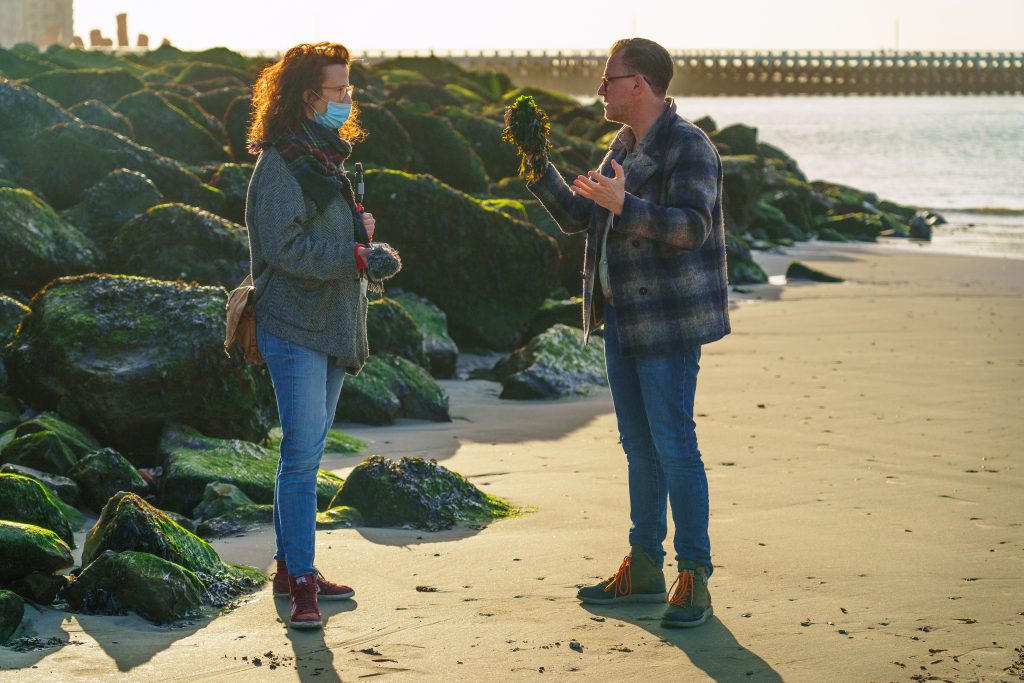
Seaweed Chef, the one and only
Donald is the chef at Le Homard et La Moule, a haute-cuisine, tasting-menu restaurant not far from the harbor. The menu includes lobster with algae butter. He uses plankton oil in one course. And he pairs fried langouistine with pesto made from the herbs found along the dunes of Bredane. In addition to the menu, the chef is creating sea vegetable-based productions with a modern twist unique to Belgium: a seaweed tripel in collaboration with Huisbier, and seaweed white mold cheese with the people at De Beauvoordse Walhoeve, among others.
To collect his ingredients, each day Donald harvests the veggies that grow naturally in many places along the Belgian coastline. He calls it the green gold of the sea. As he describes the scene, we walk among the kaleidoscope of burnt umber and emerald shag covering blocks usually saved for seals. I ask him where he had come up with going out on the beach to cut grass? He says a friend gave him the idea. “It seemed like there was a future in seaweed. No one was using it, so maybe there’s a niche,” he tells us.
It seemed like there was a future in seaweed. No one was using it, so maybe there’s a niche
–Donald Deschagt, the Seaweed Chef
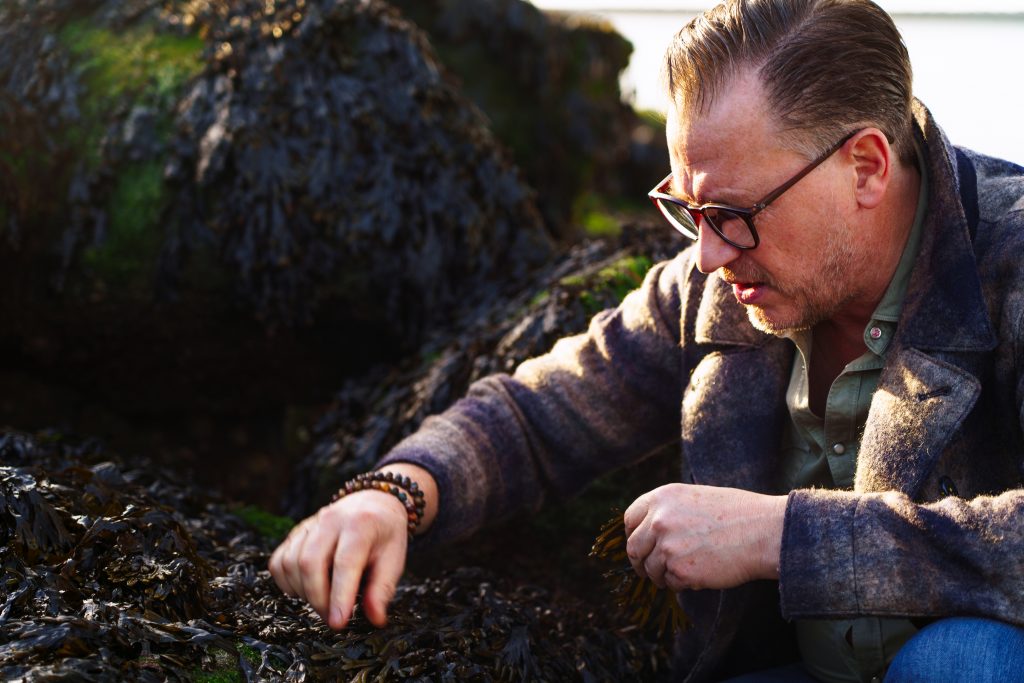
Sustainable crops in a watery garden
I say it soundes risky, but he just shrugs it off. He believes in seaweed and its potential to change the way we season food and consume the oceans. Seaweed is, as its name suggests, just a weed. And if this is Donald’s garden, as he calls it, then he must understand that you just can’t get rid of those. As soon you cut one, two others pop-up in its place. In that way, the sea greens also suggest the potential sustainability of their harvest.
We take turns feeling the wet leaves and tough stalks as a symphony of seabirds passed overhead. In the meantime, Donald waxes poetic about the various species, uses and flavors of the plants found there. He also calls them the kidneys of the oceans, and he’s right about that. These underwater plants help reverse ocean acidification and re-oxygenate the water. Just as forests are the lungs of the land, so are the humble weeds and grasses that many of us leave out of our diets in favor of the fishes swimming among them. Some scientists even suggest climate change may be reversible if forests of sea greens are grown underwater to capture carbon emissions. It seems like a bleeding edge food. Futuristic. The next big thing.
Cutting up the beach with Studio Seaweed
Curious how we could include seaweeds into some of our recipes, Jennifer and the chef got to talking about Belgian traditions and history. For all the cookbooks he has perused as a Parisian-trained chef, Donald has never found a traditional recipe with seaweed. While modern European cooks have only recently begun integrating them, at least according to Donald, no chefs since the time of the Vikings have given them much thought. Which is a shame, says the Seaweed Chef, “because these green little leaves are packed with antioxidants, minerals and proteins.”
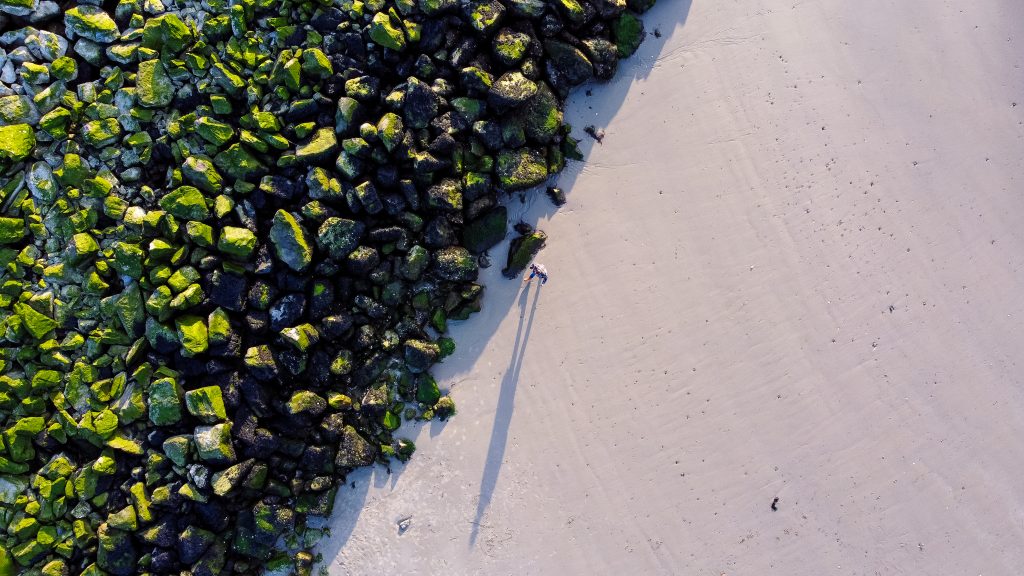
His idea is to market seaweed powders as seasoning to add to your favorite recipes. “It’s a salt replacement too, Donald tells us, Because it has all of the flavor and only 45% of the sodium.” It offers people the chance to try seaweed in a low commitment, low risk way. I wish him the best of luck with these products and will look for them in the Del Haize groceries around Oostende and Bredene where they are sold. He’s passionate and consistent with his message about his favorite ingredient of choice. If you’d like to chat with him and tour the gardens where he collects the “gold”, you can book a tour or a talk at Studio Seaweed.
In Search of Lost Recipes
But I’m looking for traditions and so the search continues. Jennifer and I watch Donald head back after he loaded us up with a shopping bag of leaves. As we continue to browse the forest at our feet, a massive steel and electric boat enter the harbor and blow its resonant horn. After its reverberations die down a bit, Jennifer clears her throat, “Let’s try boiling some with potatoes and make a mash tonight.”
As we continue to browse the forest at our feet, a massive steel and electric boat enter the harbor and blow its resonant horn. After its reverberations die down a bit, Jennifer clears her throat, “Let’s try boiling some with potatoes and make a mash tonight.”
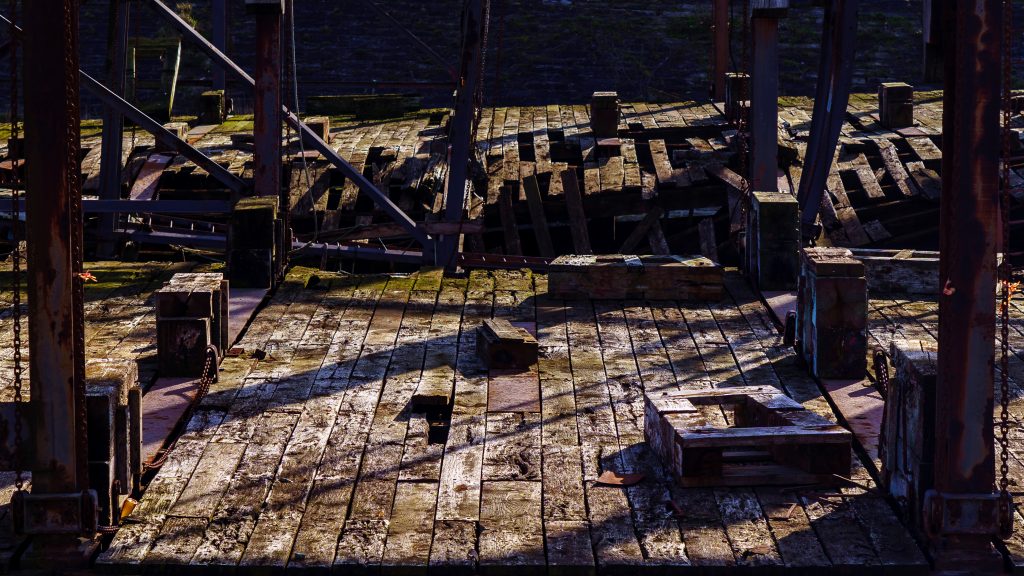
She’s after the same thing I am, I think.
Walking back to the ferry, more relaxed this time, the industrial park I had darted through on the way to the water looks different. Crossing the hot concrete, I notice what I had missed before: ancient fishing vessels and dilapidated wooden docks. Cracks and rust indicate their age as do their strange forms which look nothing like the ships now sitting in the main harbor. Each one appears to exist at some varying point of decay. A bubble in time.
Their presence immediately reminds you that time, like the the sea itself, ebbs and flows. Those ships had once been watching the lighthouse spin. They had once left the harbor to work. Now they sit on blocks. Never again will they touch the salty waters so close by or feel the sailors’ hands upon their bow. And we, all of us who had waited for the ferry, now quickly pass by those relics once again. Few take time to acknowledge them on their way back to Oostende to eat kibbling or gamble in the casino. But I have to believe that the old traditions are still there too, like those forgotten cutters. All we have to do is the arduous work to find them.
Contact
Want to meet Donald, chop down some seaweed, and find out how seaweed can help preserve at-risk ecosystems? You can contact Studio Seaweed.
Contact:
Donald Deschagt
Duinenstraat 325
8450 Bredene
0475-566339


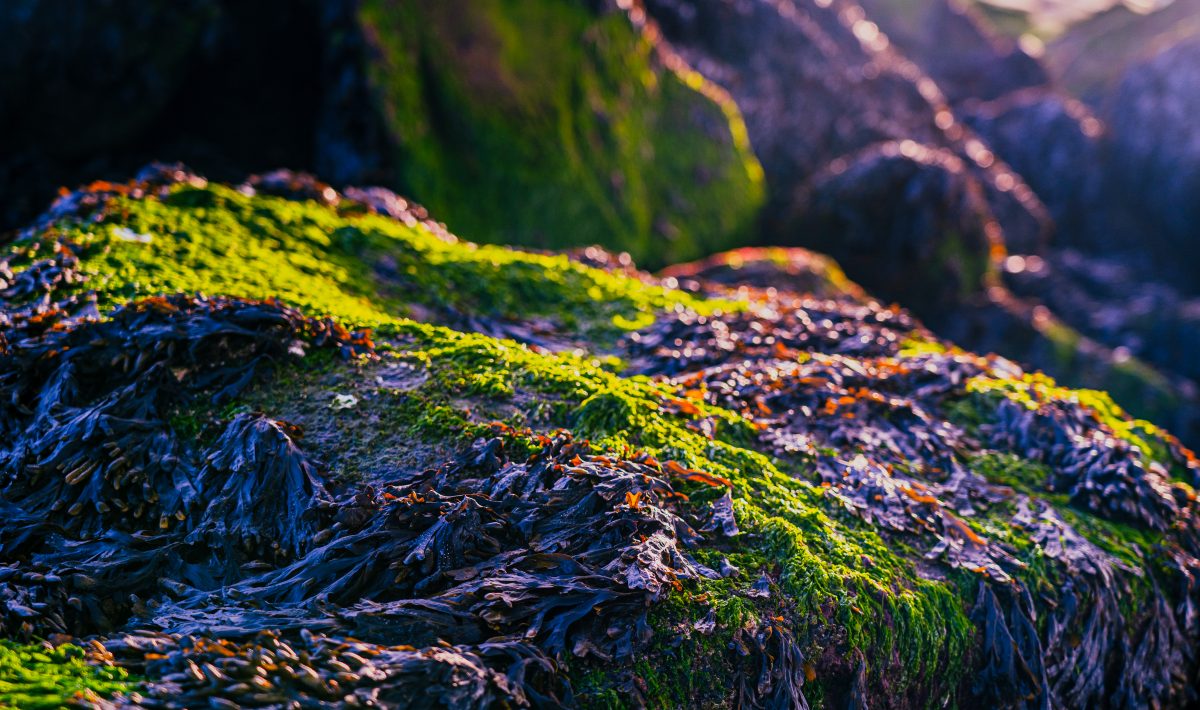
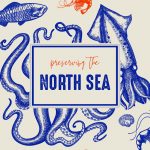

Recent Comments